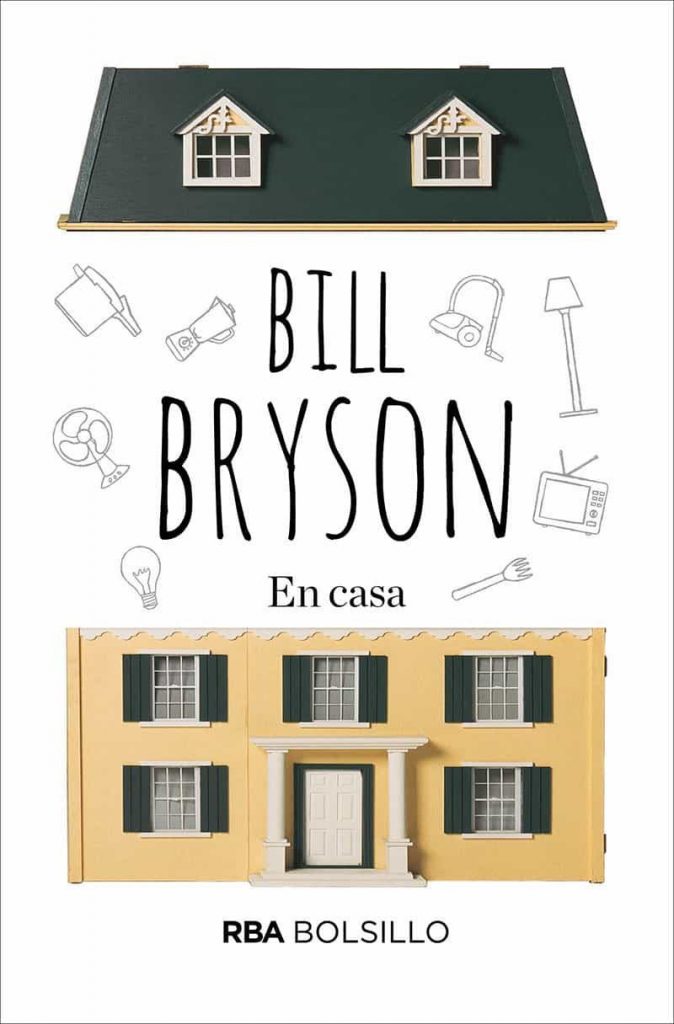Fiction tends to use actual reference points to underscore the real nature of the plot for readers. In addition to identifiable references, the aim is to make the narrated events more credible. Indeed, writers of historical fiction such as Dan Brown, have had to explain at times that their work is not a chronological tale of real-life events. As a result, fiction often surprises readers with its ability to make a fictional narrative seem almost real.
In the case of architecture and design, we found many works to recommend. Overall, we are focusing on five books where the direct or indirect main characters are either industry professionals, emblematic buildings or spaces that readers will recognise.
Blitz, by David Trueba

This versatile author from Madrid uses two archetypal architects as main characters in this Munich-set book. On the one hand, there’s a successful renowned professional who possesses personal strengths that make him even more appealing. On the other, there’s the more reserved Beto. He’s a landscape architect whose shyness is a key defining trait, and he admires the other main protagonist whilst being incapable of seeing his own strengths. All this is narrated through a fun, sarcastic and alluring plot that throws readers off-kilter, moving between what is rational and unreal. All this alongside an architectural project that never sees the light of day. A public park, its functionality and the unexpected aspects of an ill-defined project for even those who meant to support it.
Notre Dame, by Ken Follet

This writer is well-known for using historical architectural settings in his novels. The Pillars of the Earth series showed his contextualised use of emblematic elements and references within the architectural heritage.

In Notre Dame, the novelist opens up his heart in a short story about the Parisian cathedral just after the fire that astounded everyone around the world in April 2019. Consequently, Follet unravels how the event felt and its impact by providing a comprehensive tale on the history behind this unique building from 1163 to the date of the fire. Additionally, one of the reflections focuses on how those who built Notre Dame believed that it would last forever, until the Last Judgement. Perhaps if the mediaeval builders had seen how their church spire tumbled, they would have had a different view.
Mañana tendremos otros nombres [Tomorrow We Will Have Other Names], by Patricio Pron
![Architecture and literature: Mañana tendremos otros nombres [Tomorrow We Will Have Other Names] by Patricio Pron](http://www.thedecorativesurfaces.com/wp-content/uploads/2020/04/Patricio_Pron-648x1024.jpg)
Winner of the Alfaguara Award for Novel of the Year 2019, the plot of this book revolves around the breakup between ‘Él’ and ‘Ella’. The novel journeys through the common clichés of this type of scenario. ‘Ella’, as an architect, finds professional inspiration in continuous escapes from the personal living space she shares with ‘Él’. Back-and-forth trips that take her to the outskirts of cities or on outings to spot unique buildings in these places. The author perfectly fuses fiction and reality through love, architecture, neighbourhoods and, in essence, life itself.
At Home, by Bill Bryson

How to uncover the history of manufacturing and production processes for everyday items that surround us without leaving our homes? No, this novel is not a recent work due to the social isolation of the Covid-19 outbreak, but rather dates back to 2010. In it, Bill Bryson reflects on the essence of things and our historical evolution from within our own homes. The brilliant storytelling helps us reconsider basic elements and projects that have steered evolution and the primordial sense of architectural structures as catalysts of historical inspiration. The book is an unusual take from the American author whilst doing what he does best: scientific and travel writing. Nonetheless, here he swaps his usual style to look through the eyes of his readers at different topics from a fictional and ingeniously funny standpoint.
The Fountainhead, by Ayn Rand

Written in 1943, this novel was the Russian-American writer’s greatest success. Indeed, it was adapted for the big screen in 1949 by King Vidor, starring Gary Cooper and Patricia Neal in the main roles. The plot focuses on the eternal dilemma between accepting convention or breaking with it and moving forward in modernity. In the novel, young architect Howard Roark rails against rational and traditional architecture which, for him, lacks any originality.
In short, the plot encapsulates a deeper moral and even philosophical reflection. It stands halfway between the collective perception of architectural manifestations and the sense that a blistering individualism can provide in defending alternatives that brush up against a particular kind of individualism. As always, it is worth reading the book before watching the film. Although, the big-screen adaptation faithfully reflects the sense and thinking the author wished to express in The Fountainhead.

